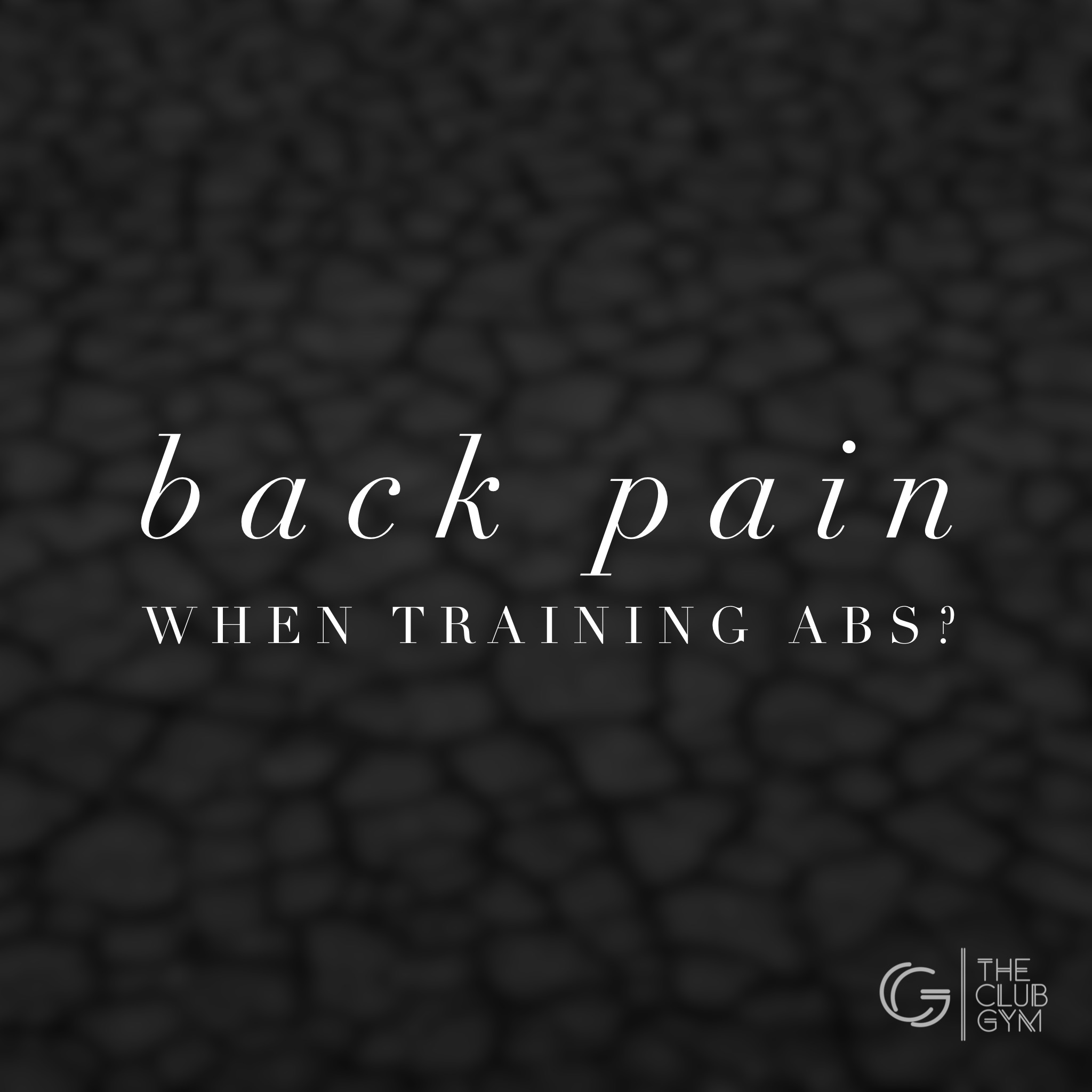
21 May Back pain when training abs?
Having done hundreds of core or abs-specific classes in my time, lower back pain is something I encounter every week, and I would easily put it in my top five FAQ’s. In fact, studies show that the majority of people reading this would have experienced the issue at some point. So I’m going to give you a breakdown of the possible reason for the problem; why and when it occurs, and a couple of solutions for you to try to fix it.
Why and when do I feel the lower back pain?
You potentially feel it because simply put; you have weak abdominal muscles. Our bodies are extremely good at compensating for any inadequacies; it takes the path of least resistance because it’s designed to do everything with minimal effort (thus preserving energy for survival). So the compensation your body makes in this instance is to use the hip flexors instead of your abs – specifically the psoas major as shown in the figure below. The muscle it recruits is attached in the front of the hip, then travels through your midsection and attaches to every vertebrae in your lumbar (bottom section of the spine). When any kind of pressure is exerted onto these muscles, they pull on your lower back. Any sustained pressure on this area will result in aches or pain.

How do I fix this?
The solution here is not necessarily a straightforward one. The obvious response would be to strengthen the abs (which is correct), however, to strengthen your abs, you need to work them which will hurt your lower back and you end up in a cycle.
So what you need to do is strengthen the abs, but with specific abdominal exercises that do not exert any pressure on the hips. Once you have built up the strength in your abdominals, your abs should naturally take over on a lot of the exercises that your hips were overactive in.
Here are three suggestions:
Screwdrivers – Fully extend your arms on a dip bar, and drive your hips up behind you (let your legs just relax), using only your abs. It’s only a short range of motion, but you will definitely feel it.
Banded sit-ups – Bit more complicated but easy once in position. Take a band around the bottom of a metal pole, come into a sit-up position and hook the band around the back of each ankle in the sit-up position. Contract your hamstrings and keep them under tension while you perform your sit-ups as usual. If your hamstrings are contracted, your hip flexors have to be relaxed (they work antagonistically)– allowing your abs to take over.
Banded Russian twists – exactly the same as exercise 2, however, you are doing Russian twists, rather than sit-ups. Start off with just your hands and then gradually build up with the medicine balls.
Any severely acute or chronic back pain should always be investigated by the appropriate healthcare professionals.
~ Will / Will Ebsworth Personal Training



Sorry, the comment form is closed at this time.